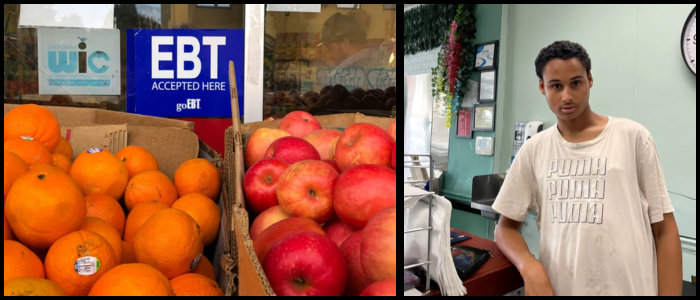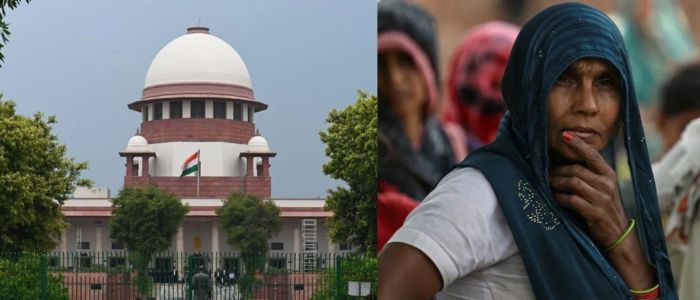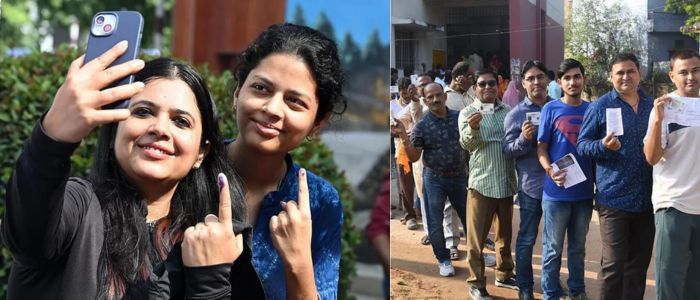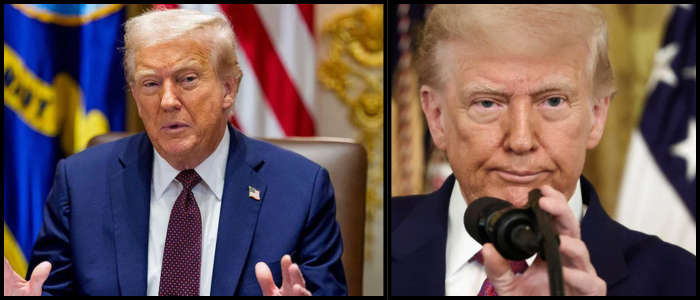Diagnosed with multiple sclerosis and heart problems, McLoyd says she often relies on ramen noodles—cheap, but high in sodium and low in nutrition. When her benefits were increased during the pandemic, she could afford grapes, melons, chuck roast, and turnip greens. But now, as cuts are set to roll out through 2034, she wonders if she'll be able to eat healthy at all.
The latest law signed on July 4 introduces deeper work requirements and transfers more financial responsibility to states. The Congressional Budget Office estimates that 3 million people will lose their benefits completely, and millions more will see reductions. Currently, around 40 million Americans receive SNAP.
Health Impacts and Food Insecurity Risks
Critics say that reducing food assistance directly undermines efforts to promote better health. According to the U.S. Department of Agriculture, 47 million people in 2023 lived in food-insecure households, a condition linked to higher risks of chronic diseases like diabetes, hypertension, and asthma.
Experts argue that the cuts will drive more people toward ultra-processed, unhealthy food. Kate Bauer, a public health professor, remarked that poor diets will remain the norm for low-income families unless real investment is made in nutrition access. "It's, 'Oh, we care about health — but for the rich people,'" she said.
The Trump administration, however, argues the changes are part of reform, not harm. White House spokesperson Anna Kelly said the goal is to make SNAP stronger and more efficient by encouraging employment and state-level investment.
State Restrictions and Local Realities
The administration has also begun allowing states like Arkansas, Idaho, and Utah to restrict what SNAP recipients can buy, blocking items like soda and candy. Health and Human Services Secretary Robert F. Kennedy Jr. praised states for their "bold leadership" and urged others to follow in eliminating sugary products from the program.
But community organisers and food policy experts say restrictions don't address the deeper problem — lack of access to affordable, nutritious food. Tiffany Terrell, founder of A Better Way Grocers in Dougherty County, Georgia, has witnessed how small boosts in food assistance led to healthier choices during the pandemic. She operates a mobile grocery store and a local market to serve people in food deserts.
Terrell believes the cuts will worsen already existing barriers like poverty, transportation gaps, and store shortages. "We'll have people choosing between food and bills," she said.
Stephen Harrison, a 22-year-old culinary arts student in Albany, Georgia, depends on SNAP for his family. During the pandemic, they could buy fresh fruits like strawberries and grapes. Now, with reduced support, even affording an orange is a challenge.
Politics

SNAP Cuts Threaten Access to Healthy Food Nationwide

As the Trump administration pushes a national campaign for healthier eating, recent $186 billion cuts to the federal Supplemental Nutrition Assistance Program (SNAP) are raising concerns about whether that goal is realistic for millions of Americans. People like Belinda McLoyd, 64, who relies on SNAP benefits, are worried about affording healthy meals amid rising costs and reduced aid.















